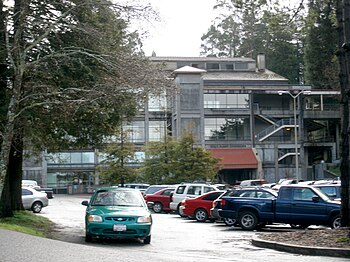This blog has moved to http://geoffcain.com
Numerous metaphors seem apt here. I have been toying with the idea that Tim Owens and Jim Groom have been promoting for some time now: A Domain of One's Own and Reclaim Hosting. When I first heard the idea, I was not too keen on it because I was working in a community college with students very new to technology and with luddite faculty who were hostile to and afraid of technology. I couldn't imagine trying to get first generation college students with little exposure to computers and saying "oh yeah, you are not only going to learn how to save your paper to a thumb drive but you are going to host your own website on your own domain." But what is interesting to me right now is that I have students at Humboldt State who do not want to go online at all because they are afraid of all the corporate control of their information - they have heard Snowdon and Zuckerberg and want no part of that internet. Jim and Tim are providing that alternative."Founded in 2013, Reclaim Hosting provides hosting support for individuals and institutions that want to build out spaces online for personal portfolios, digital projects, and more." If you are interested in learning more, I would encourage you to explore Mary Washington University's Teaching and Learning Technologies page. Closer to home, Chris Mattia at California State University, Channel Islands is experimenting with the idea as an alternative to a learning management system. We have departments here at Humboldt State University that are using Wordpress blogs to run their courses, but Reclaim Hosting takes that one step further and hands the keys over to the students.
All I can say is that it has been surprising and fun. The technologies have advanced to such a state that anyone really can do this. My blog has been with Google since 2005. I had even older blogs on blogspot.com that are fortunately lost to the mists of time. I like this direction. This is a good time to get students, to get everyone, to think about who owns your information and what you can do about it. This is what I think the principles of Connectivism should lead to - not to just be a node in the network, but an active, aware node.
"This is your last chance. After this there is no turning back. You take the blue pill: the story ends, you wake up in your bed and believe whatever you want to believe. You take the red pill: you stay in Wonderland and I show you how deep the rabbit hole goes." - Morpheus, The Matrix



























